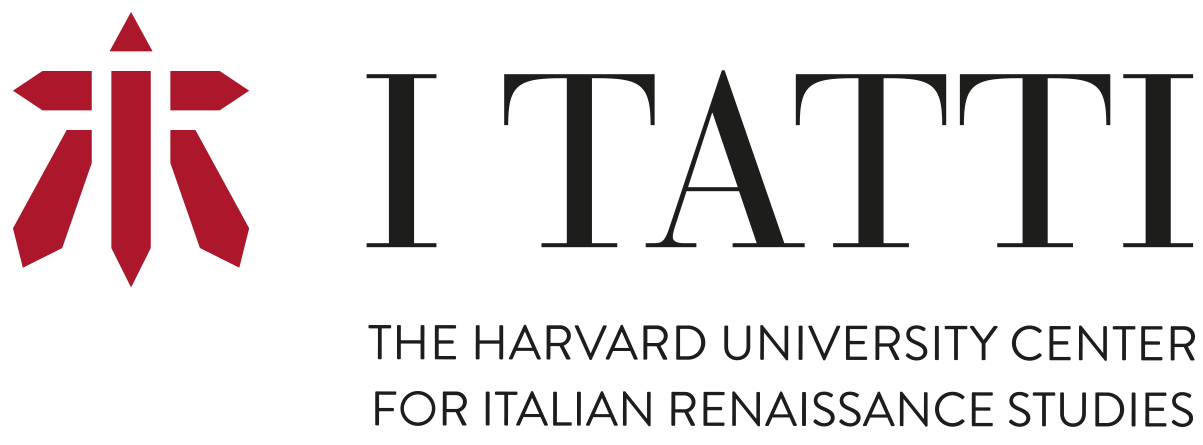Date:
Location:
From the mid- to late-sixteenth-century, Rome was a booming construction site. Roman urban topography was altered by the construction and renovation of huge churches and palaces; by the repair and reconstruction of two ancient aqueducts; by the building of new streets and by attempts to keep the streets free of filth and sewage. Numerous efforts also were made to control the flooding of the unruly Tiber River. As the city was being renovated, it was also being re-imagined. Images of the city proliferated—including maps of ancient Rome as it was thought to be and of the contemporary city. Antiquarianism and mapmaking were closely related and engendered bitter disagreements on topics such as the location of the ancient Roman Forum and of the ancient Aqua Virgo, an important issue for aqueduct reconstruction. This talk focuses on engineering, cartography, and antiquarianism in late sixteenth century Rome and the ways in which these activities were closely tied together.
Pamela O. Long is an independent historian who has published widely in the history of pre-modern science and technology, and cultural history. She has focused on the relationship of artisanal to learned culture, on “technical” writings, and on the Vitruvian tradition. Her writings include numerous articles and several books, including Openness, Secrecy, Authorship: Technical Arts and the Culture of Knowledge from Antiquity to the Renaissance (2001), and Artisan/Practitioners and the Rise of the New Sciences: 1400-1600 (2011). She is currently Visiting Professor at Villa I Tatti
